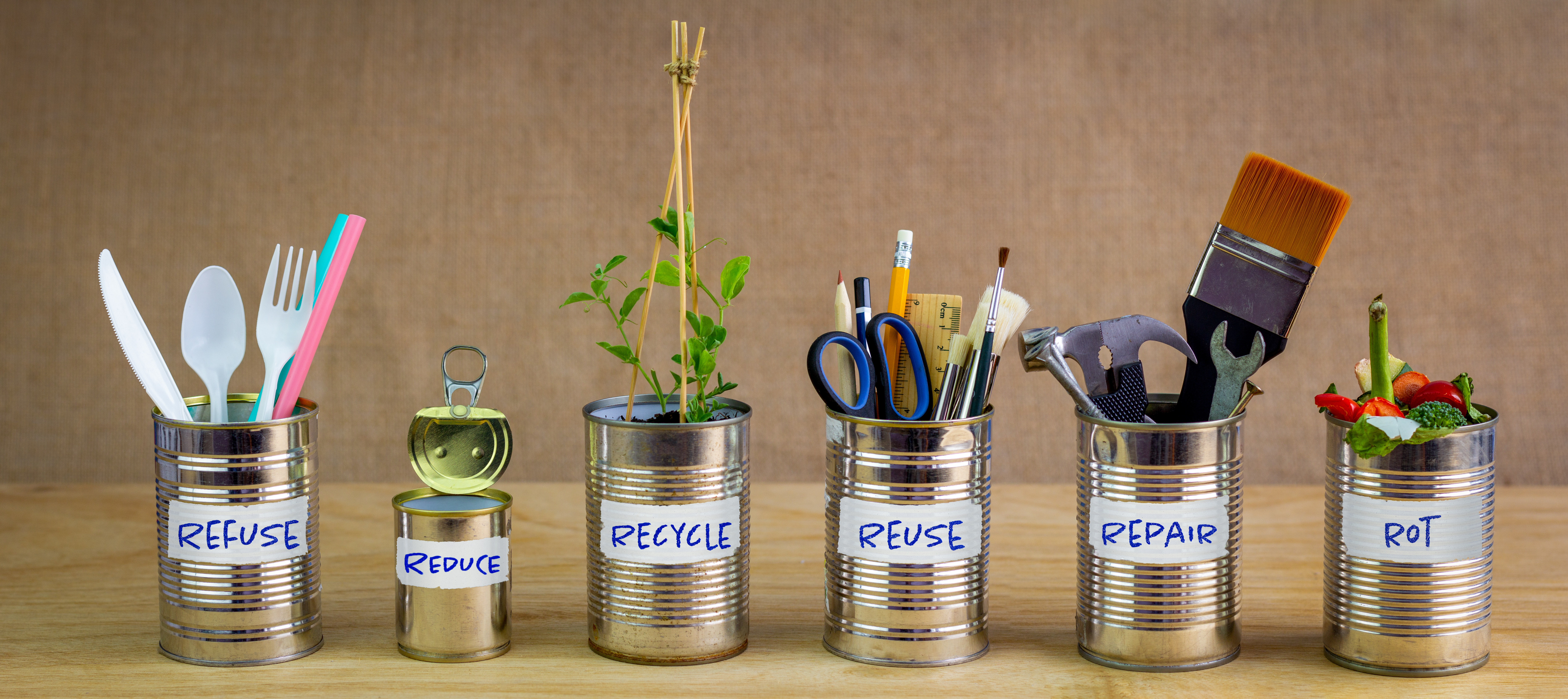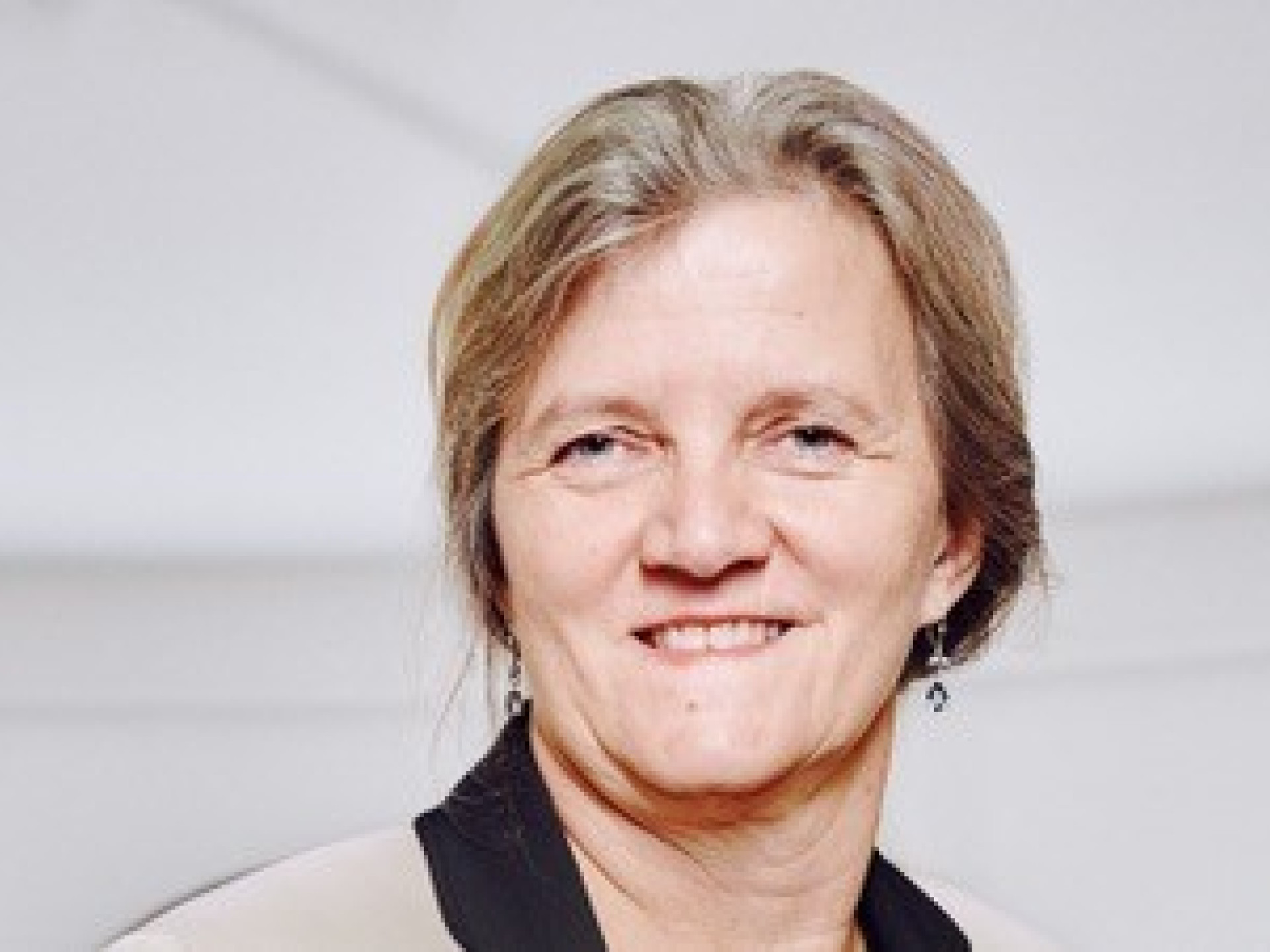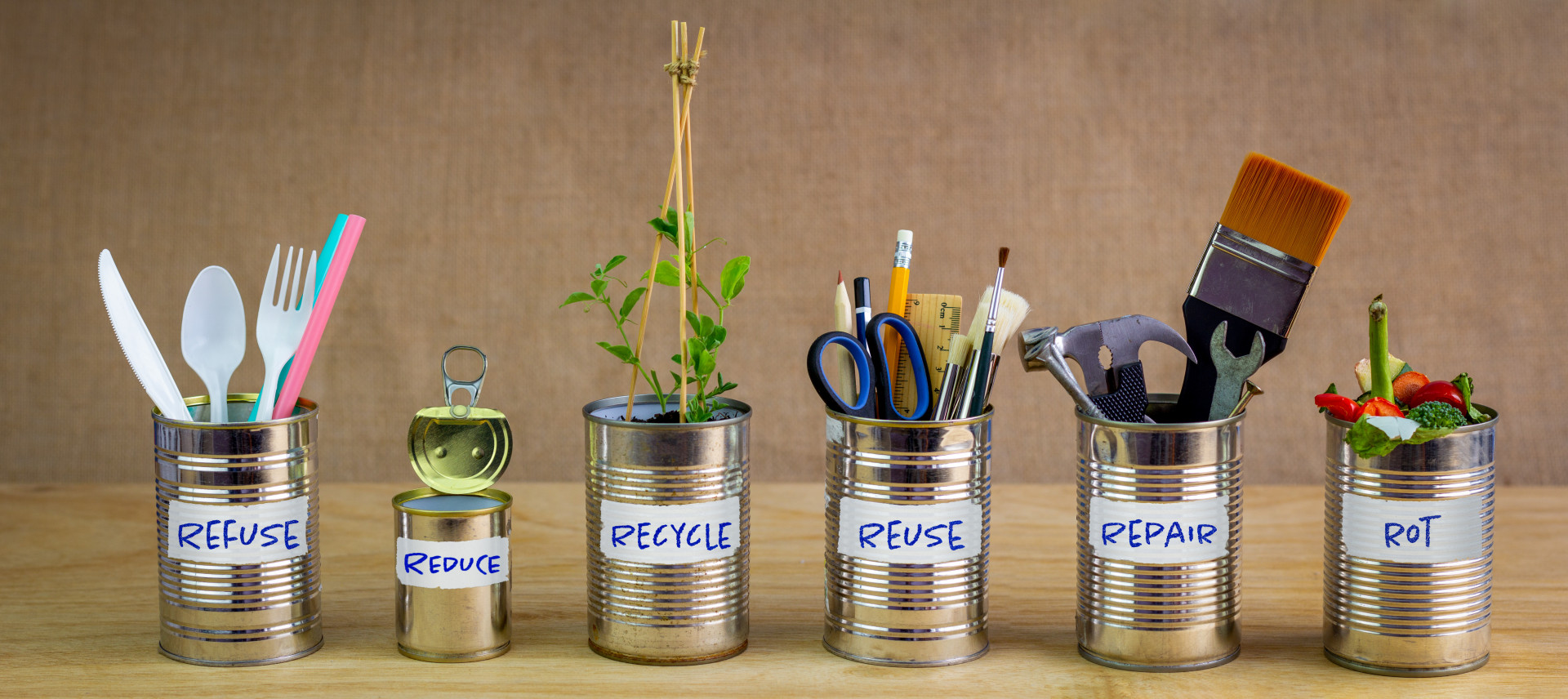Nearly 400 pages for a sustainable world


Quality education, gender equality, no poverty, climate action—these are four of the 17 total Sustainable Development Goals set by the United Nations. Helping achieving these goals is a key objective of the German government, and Germany’s National Sustainable Development Strategy provides the blueprint for this undertaking.
Some three years ago, in March 2018, the governing coalition in German parliament—namely the center-right Christian Democratic Union (CDU) and Christian Social Union (CSU) sister parties and the center-left Social Democratic Party (SPD)—made a commitment in their coalition agreement to implementing the 17 global Sustainable Development Goals (SDGs) of the United Nations. Now they want to put their efforts into overdrive with an updated version of the National Sustainable Development Strategy. “To achieve the objectives of Germany’s Sustainable Development Strategy and the 2030 Agenda, we need a genuinely challenging transformation, embracing vital fields such as energy, the cyclical economy, housing, traffic, food and nutrition, and agriculture,” writes German Chancellor Angela Merkel in her foreword to the strategy.
The COVID-19 pandemic has increased pressure worldwide to act. For one thing, the pandemic itself compromises one of the SDGs, namely a healthy life for as many people on the planet as possible. For another, it shows that jeopardizing one SDG can have tremendous consequences when it comes to attaining other goals, such as combating poverty and hunger.
Germany’s updated National Sustainable Development Strategy will now provide for detailing those steps that have been taken to implement the strategy during the current legislative period. It will also show what measures are planned for the future. In doing so, the German government is heeding the United Nations’ call for a decade of action.
The new National Sustainable Development Strategy takes a holistic, integrative approach that will account for the ways in which ecological, economic, and social issues are interrelated. This is the only path to achieving sustainable solutions in the long term, according to the text. The strategy seeks to foster development that is economically effective, socially equitable, and environmentally compatible. At the same time, the planet’s limits, together with the guiding principle of ensuring a dignified life for all, will serve as the “guardrails for political decisions.”
The updated strategy now specifies 72 indicators that will be used to monitor progress towards the goals’ attainment. Some of the new indicators that have been added include “global pandemic prevention,” “women in leadership positions,” and “global soil conservation,” for example. Germany’s Federal Statistical Office reports on the indicators’ development every two years.
Related links
Leitfaden für mehr Nachhaltigkeit


Independent science is a major driver of innovation for a sustainable future, according to the nearly 400-page paper. Education, research, and innovation therefore have a key role to play in achieving the SDGs. “For the Helmholtz Association, Germany’s updated Sustainable Development Strategy means that we must work more across research fields and disciplines. It is the only way we will truly embrace systemic thinking and action in research,” says Daniela Jacob, director of the Climate Service Center Germany (GERICS).
The development of the strategy included dialog and consultation with various social groups. Representatives from the fields of business, society, politics, culture, and science were involved in the discussions, while citizens participated in dialog forums throughout Germany. The federal states, the German Council for Sustainable Development, and the leading municipal associations were also involved.
Germany’s National Sustainable Development Strategy was first drafted in 2002. In 2015, the 2030 Agenda for Sustainable Development was adopted by the heads of state and government of the 193 member states of the United Nations. The 2030 Agenda includes the 17 Sustainable Development Goals (SDGs). Since then, the agenda has been the basis of the German government’s sustainable development policies.
The German strategy is an ongoing work in progress, because the German government regards it as a process rather than a finished product; it is a document that requires continual development, review, and modification. To be continued, in other words – but before that, a new coalition agreement is expected in late fall of this year.
For more information and to download the strategy, click here.

